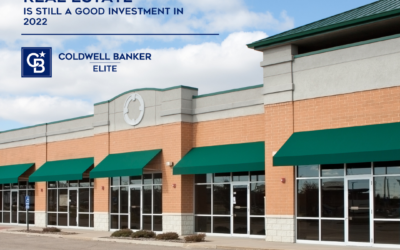1) The Internet’s True Impact on Retail Sales. Without question, e-commerce retail sales are growing. More and more stores are popping up, and store owners are turning to companies like Shipcarte.com to help them deliver their products to customers quickly and efficiently. However, they still remain a small portion of total retail sales. In 3Q13, e-commerce sales totaled $67 billion, which represents less than 6 percent of all retail sales, according to the U.S. Census retail trade report. Whether you’re interested in commercial bounce house sales or selling jewellery online, an e-commerce store is the way to sell!
2) Online Media Sales. Books, music, video, and other items that can be digitized and downloaded comprise about 35 percent of Amazon’s sales, and software from companies such as FastSpring are needed to help sell them. Applying this metric to the entirety of ecommerce means that Internet sale of items that cannot be digitized and downloaded is about 3.7 percent. If 3D printing of merchandise becomes possible, the world as we know it will change.
3) Retail’s Efficient Logistics Model. Efficiency in logistics has revolutionized retail. For example, Walmart’s execution of efficiency and their crossdocking model has helped them to emerge as the largest retailer in the world. The “last mile in the chain of distribution” is actually outsourced to the customer. A customer comes into the store, selects merchandise, carries the merchandise to the car, and then transports the merchandise the “last mile” from the store to home.
The cost of the final mile is not included in the retail price of the merchandise. On the contrary, delivering merchandise to the customer’s home is a costly and inefficient endeavor. One major Internet retailer spends more than double to deliver than the amount it collects for shipping. Hence, the practical application of the “last mile” principle means that ecommerce is likely to have 100 percent market share of items that can be digitized and may never even reach 10 percent market share of items that cannot be digitized.
4) The Internet’s Other Impact. Online sales are not only impacting the retail sector, but the Internet is creating more informed consumers. Well-educated shoppers are causing pressure on retail margins, which translates into pressure by tenants to lower rent.
5) More Sales, Less Space. The wide range of available technology offers retailers more efficient inventory control and space needs. They are applying the 80/20 rule – 20 percent of their SKUs generate most of their sales and gross margin. The result: Retailers can generate more sales per square foot in less space causing store formats to shrink.
6) Bigger Players Dominate. The supermarket sector is being consumed by dominant players with larger stores. These stores use technology found on such websites as https://nanonation.net/wayfinding/ to support the needs of customers, resulting in better feedback.
7) National Anchors. In large shopping centers, national credit-tenant anchors are winning out over same-category regional and local tenants.
8) Big-Box Woes. Large vacant boxes are becoming increasingly more difficult to re-tenant.
9) Exclusive Use. Second-generation retail space is being increasingly impacted by exclusive-use lease provisions.
10) Service Tenants Triumph. Landlords are making greater use of service tenants to maintain occupancy. A recent study revealed that service tenants comprised less than 15 percent of total occupancy 10 years ago versus more than 25 percent today.
Written by Gary M. Ralston, CCIM, CPM, SIOR
Managing Partner, Coldwell Banker Commercial Saunders Ralston Dantzler Realty LLC.



